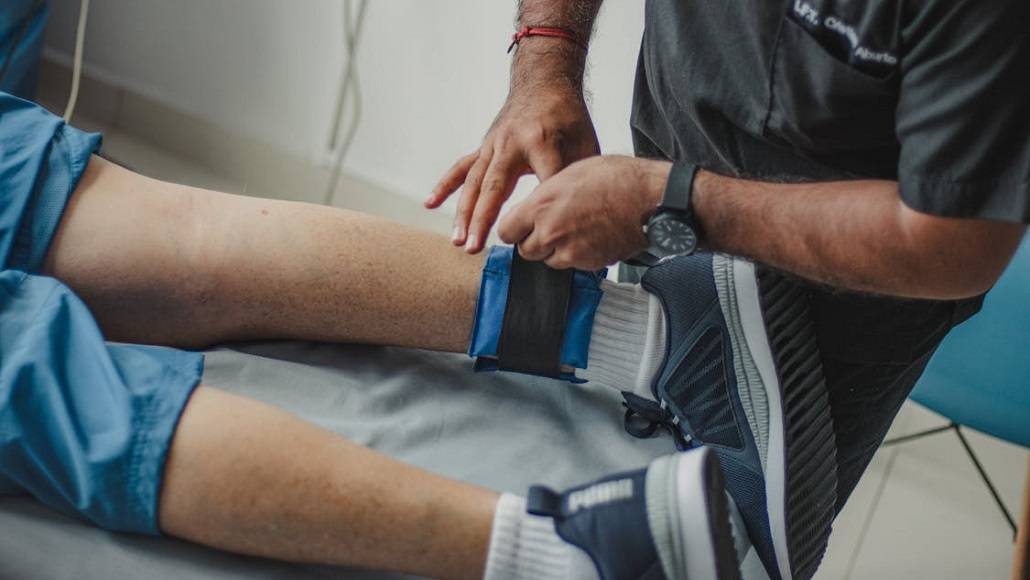In recent years, more people have become interested in new medical treatments that help the body heal and grow stronger. One of the most exciting options is biocellular therapy. This type of treatment can help heal injuries, lessen long-lasting pain, and support better health over time.
So, what are biocellular therapies? Simply put, they use the body’s own cells to start the healing process and help the body repair itself. For people who want something different or extra alongside regular medicine, learning about biocellular therapies is very important.
Let’s explore how these therapies can help with healing, pain relief, and long-term wellness.
The Science Behind Biocellular Therapies
Biocellular therapies use living cells to help treat different health problems. These can include stem cells and other special cells that can repair and regrow parts of the body. Stem cell therapy is one of the most popular because it shows a lot of promise.
There are different kinds of biocellular therapies. Some use cells from embryos, while others use adult stem cells or lab-made cells called induced pluripotent stem cells (iPSCs). Each type has its own benefits, risks, and specific uses.
For instance:
- Embryonic Stem Cells
- Adult Stem Cells
- Induced Pluripotent Stem Cells (iPSCs)
Embryonic stem cells can turn into any type of cell in the body. But using them raises ethical concerns and is very tightly controlled.
Adult stem cells, which often come from bone marrow or fat, can’t change into as many cell types. However, they are considered safer and are more commonly used in medicine.
Induced pluripotent stem cells (iPSCs) are normal adult cells that researchers reprogram to behave like embryonic stem cells. They’re promising because they can come from the patient’s own body, potentially making future treatments more tailored and reducing the risk of complications.
Benefits of Biocellular Therapies
Biocellular therapies have many benefits that make them a good choice for patients. They can help reduce pain as the cells work to repair damaged tissues. They also speed up the healing process for injuries in muscles and bones.
These therapies can improve how well the body works. This makes daily life easier and more enjoyable.
Another big advantage is that many of these treatments are minimally invasive. This means they are safer and less risky than traditional surgery.
What to Look for in Biocellular Therapy Treatments
Choosing the right biocellular therapy is very important if you want the best results. First, you should make sure the treatment is done by a trained and certified professional who has experience.
A good clinic will explain clearly how their methods work and the science behind them. It’s also important to check that the treatment follows health and safety rules. Finally, reading reviews or hearing stories from other patients can help you know if the therapy is effective.
Potential Risks and Considerations
Biocellular therapies are usually safe, but there are still some risks to know about. Since these treatments use cell injections, there is a small chance of infection. Some people might also have bad reactions to the cells, especially if the cells come from a donor.
Another thing to keep in mind is that rules about these therapies are different in each country. This can change the treatment options available.
Future of Biocellular Therapies
The future of biocellular therapies looks very bright. As scientists keep learning more, these treatments will only get better and more advanced.
Biocellular therapies could become a big part of personalized medicine. This means treatments designed to fit each person’s unique needs.
With the help of new genetic tools, doctors may also be able to guide how cells work more carefully. This could make treatments safer and more effective.
In the future, these therapies might be used in many areas, from fixing bone and joint problems to even helping with cosmetic treatments.
Integrating Biocellular Therapies with Traditional Medicine
Biocellular therapies don’t necessarily replace traditional medicine. Rather, they can complement existing treatments. Incorporating these therapies into standard care protocols may help improve patient outcomes significantly.
For instance, in conjunction with physical therapy, biocellular therapies can enhance recovery times and lead to better functional results. Combining biocellular therapy with conventional treatments can result in higher patient satisfaction rates and improved physical function.
A Personal Touch: Case Studies in Biocellular Therapies
Case studies highlight the real-world applications and successes of biocellular therapies. One compelling example is a clinical trial where patients suffering from degenerative joint disease received stem cell injections.
The results showed notable improvement in mobility and pain levels. It emphasizes the therapeutic potential of biocellular therapies. In another instance, a patient with severe tendon injuries was able to return to regular activities much faster after receiving autologous stem cell therapy.
Are Biocellular Therapies for Everyone?
While biocellular therapies offer numerous benefits, they may not be suitable for everyone. Factors such as age, overall health condition, and specific medical history can influence eligibility. A thorough consultation with a healthcare professional should precede any treatment decision.
Patients should be aware that while many individuals find relief and improvement via biocellular therapies, each person’s response can vary. Discussing potential risks and benefits is essential for safe and effective treatment.
Choosing the Right Biocellular Therapy Provider
Finding the right provider is very important for the success of biocellular therapies. You should first check the provider’s education and certifications to make sure they are qualified.
It’s also a good idea to ask how many times they have done the procedure before. When you visit the clinic, look for a clean and well-organized place that follows proper safety and cleaning rules.
A Pathway to Healing
Health care is always changing and improving. Biocellular therapies are an exciting step forward because they may help people heal faster, feel less pain, and stay healthy for a long time. These treatments are worth looking into, especially if you want new and effective options.
As you think about your own health, it’s important to find trained and skilled professionals who can guide you in choosing the right therapy. The future of healing is here. Be ready to embrace it!
For more science and technology tips, check out our blog posts.


















